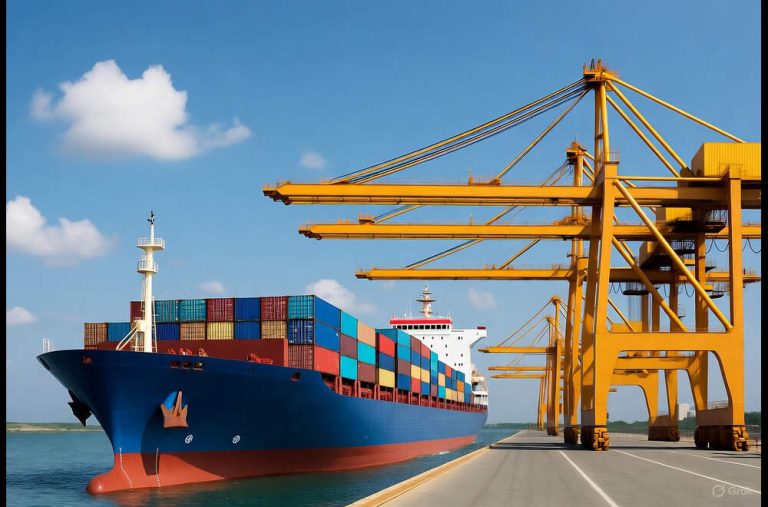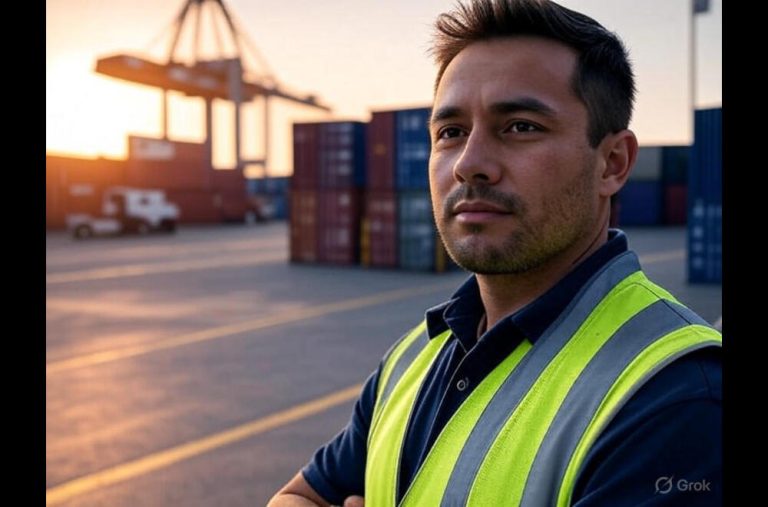When it comes to heavy lifting and material handling, even a small mistake can lead to serious injuries, damaged equipment, or project delays. Understanding the most common lifting mistakes is essential for ensuring lifting safety in every operation. At Nam Seng Cargo Gear Suppliers Pte Ltd, we believe prevention is the best protection—through training, supervision, and smart execution.
1. Ignoring Pre-Lift Inspections
One of the most overlooked areas in lifting operations is the pre-lift inspection. Teams often skip this step under time pressure, which increases the risk of equipment failure. Checking slings, hooks, shackles, and cranes before each lift ensures that all components are in proper working condition.
Regular inspections not only enhance lifting safety but also extend the lifespan of lifting gear, preventing costly repairs or replacements in the long term.
2. Overloading Lifting Equipment
Overloading is a leading cause of lifting-related accidents. Many incidents occur because operators underestimate the weight of the load or overestimate the capacity of their equipment.
To maintain lifting safety, always follow the manufacturer’s load capacity guidelines and use calibrated load indicators. Our experts at Nam Seng Cargo Gear Suppliers Pte Ltd emphasize the importance of accurate weight assessment before any lift to avoid potential hazards.
3. Lack of Certified Personnel
A lifting operation is only as safe as the people behind it. Untrained or uncertified personnel are more likely to make dangerous mistakes during lifting activities.
That’s why at Nam Seng Cargo Gear Suppliers Pte Ltd, we provide Lifting Team Services that include Certified Lifting Supervisors, Riggermen, and Signalmen—all trained according to Singapore’s Workplace Safety and Health (WSH) standards. With the right team, clients can be confident that every lift is handled with precision and professionalism, ensuring complete lifting safety.
4. Poor Communication During Operations
Clear communication is critical when multiple teams are involved in a lifting operation. Misunderstandings between crane operators, riggers, and signalmen can lead to dangerous movements or dropped loads.
To enhance lifting safety, use standardized hand signals and radios for all lifts. Establishing communication protocols before work begins ensures everyone understands their role and reduces the risk of confusion mid-operation.
5. Ignoring Environmental Conditions
Weather and environmental factors play a crucial role in lifting safety. Strong winds, rain, or uneven ground can destabilize loads or equipment, increasing the likelihood of accidents.
Before any lift, assess environmental risks and make adjustments—such as delaying operations during high winds or ensuring stable ground support. Our lifting professionals always conduct environmental checks as part of their pre-lift safety routine.
6. Using Improper Lifting Angles
Incorrect lifting angles are a subtle yet significant source of risk. When slings or chains are positioned at unsafe angles, the load’s weight distribution changes, increasing tension and the chance of slippage.
Following the correct lifting geometry ensures better load balance and improved lifting safety. Always check angles before lifting and adjust sling lengths as needed for a centered, secure lift.
7. Neglecting Post-Lift Procedures
Once a lift is completed, the work isn’t over. Many teams fail to perform post-lift checks, resulting in unreported wear or hidden damage to lifting gear.
Post-lift inspections help identify issues early, keeping your equipment and personnel safe. At Nam Seng Cargo Gear Suppliers Pte Ltd, we make post-lift checks part of every operation, ensuring continued lifting safety across all projects.
Best Practices to Improve Lifting Safety
Achieving maximum lifting safety requires commitment, awareness, and consistency. Here are some professional tips that our experts recommend for safe and efficient lifting operations:
- Conduct Regular Training: Ensure all team members understand safety protocols and updated WSH guidelines.
- Use the Right Equipment: Choose slings, cranes, and shackles designed for your specific load requirements.
- Establish a Clear Chain of Command: Always assign a lifting supervisor responsible for safety decisions.
- Implement Safety Signage: Visual reminders improve awareness and prevent accidental errors.
- Perform Preventive Maintenance: Keep lifting gear in optimal condition through regular servicing.
These practices form the foundation of a strong safety culture, ensuring that lifting projects run smoothly and without incident.
Why Choose Certified Experts for Your Lifting Operations
When handling critical lifts in sectors like construction, logistics, or marine, the difference between a smooth operation and a major setback lies in professional supervision. Certified experts ensure that every lift is planned, executed, and monitored according to safety standards.
At Nam Seng Cargo Gear Suppliers Pte Ltd, our skilled team combines years of experience with industry best practices. Whether managing small-scale jobs or large industrial projects, we prioritize lifting safety through strategic planning, proper equipment selection, and continuous risk assessment.
Ensuring Lifting Safety Through Expert Collaboration
Lifting safety isn’t just a procedure—it’s a mindset that protects your team, equipment, and reputation. Partnering with certified professionals ensures that every aspect of your lifting operation, from inspection to completion, is executed safely and efficiently.
With Nam Seng Cargo Gear Suppliers Pte Ltd, you’re not just hiring manpower—you’re choosing reliability, precision, and peace of mind. Our experts are always ready to handle complex lifting challenges while maintaining the highest safety standards.
Conclusion
Ensuring lifting safety isn’t just about following procedures—it’s about creating a culture of awareness, responsibility, and precision at every stage of the operation. By understanding and avoiding these seven common lifting mistakes, companies can protect workers, prevent costly damages, and improve overall efficiency. At Nam Seng Cargo Gear Suppliers Pte Ltd, our certified experts combine technical skills with proven safety practices to deliver secure, compliant, and efficient lifting solutions. Every project we handle reflects our commitment to excellence and safety. Partner with us today to make lifting safety your top priority in every operation.
If you’re planning your next lifting project, don’t compromise on safety or quality.
Contact Nam Seng Cargo Gear Suppliers Pte Ltd today to learn how our experienced team can support your operations with reliable, certified, and safety-first lifting solutions.




